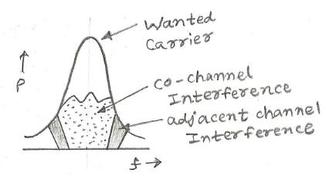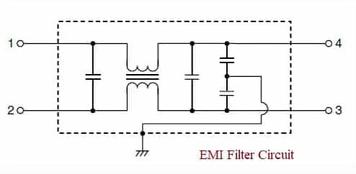Understanding RF Enclosure Boxes for Signal Shielding
Advertisement
In the era of advanced wireless communication, maintaining signal integrity is critical. RF enclosure boxes, also known as RF shield boxes, play a pivotal role in isolating and protecting sensitive electronic devices from unwanted radio frequency (RF) interference. Designed for use in testing and operational environments, these boxes ensure minimal signal disruption, offering a controlled environment for devices to function optimally. Let’s explore their features, applications, and benefits in detail.
The technique by which a particular area/space is restricted from Electro-magnetic (EM) or radio frequency waves is called RF shielding, and the box designed for such a purpose is called an RF shield box. Magnetic and conductive materials are used to shield RF waves. Copper is a popular choice. Metal strips, metal foam, and metal screens are also utilized. These RF shield boxes are commonly used in RF/wireless device testing to meet stringent RF compliance requirements and to protect against EM waves emitted by nearby RF devices.
The skin depth determines the absorption characteristics of the shielding material. A small skin depth indicates that a thinner shielding material can be used. It depends on the permeability, conductivity, and frequency of operation.
Materials Used in RF Shielding
The metal needed to construct an RF shield is chosen based on the desired level of shielding. After the material is selected, steps should be taken to reduce seams and penetrations. Also, steps to prevent the formation of oxidation and galvanic corrosion are taken.
- Copper: Widely used as an RF shielding material due to its versatility and high conductivity. It does not oxidize rapidly in natural environmental conditions.
- Aluminum: Another material used for RF shielding. Heavier gauge aluminum is used for wall coverings compared to copper, making it more difficult to form and fabricate. Despite these drawbacks, aluminum is popular because of its non-ferrous properties and strength-to-weight ratio. Moreover, it can be extruded into custom shapes. As a non-ferrous material, it offers reduced low-frequency H-field shielding.
- Steel: Provides low-frequency magnetic shielding features lacking in copper and aluminum. It’s a ferromagnetic material. Steel used as RF shielding is protected from the environment during its use.
RF Shielding Test Enclosures
The following factors are considered before selecting or purchasing an RF shielded enclosure:
- The material selected should provide the desired shielding level.
- Reduce the number of seams and penetrations in the shield enclosure to minimize potential points of deterioration.
- Increase the quality of seams and penetrations for long-term reliability and optimal performance.
The Device Under Test (DUT) is housed in a shield box, and cables are run out through small openings to connect with test equipment.
RF Shield Box Manufacturers
Here are some popular RF shield box manufacturers:
- Ramsey Electronics: RF Test enclosures and shield boxes. Website: www.ramseytest.com
- Concentric Technology Solutions, Inc.: Solutions for all your RF Shielding and RF Shield Boxes for Wireless Testing. Located in Texas, US. Website: www.rfshieldbox.com
- ETS-Lindgren: Model 5230 table top RF test enclosure. Website: www.ets-lindgren.com
Conclusion
RF enclosure boxes are indispensable in mitigating RF interference and ensuring the accurate performance of sensitive electronic equipment. Whether used in laboratories, production facilities, or field testing, these shield boxes provide a reliable solution for achieving signal purity and compliance with RF standards. By investing in high-quality RF shielding solutions, organizations can safeguard their devices and maintain optimal functionality in increasingly complex RF environments.
Advertisement
 RF
RF



